There is a tendency to gloss over multiple recorded facts about the 16th century Philippines. Many reasons for this may appear obvious if one considers
Read more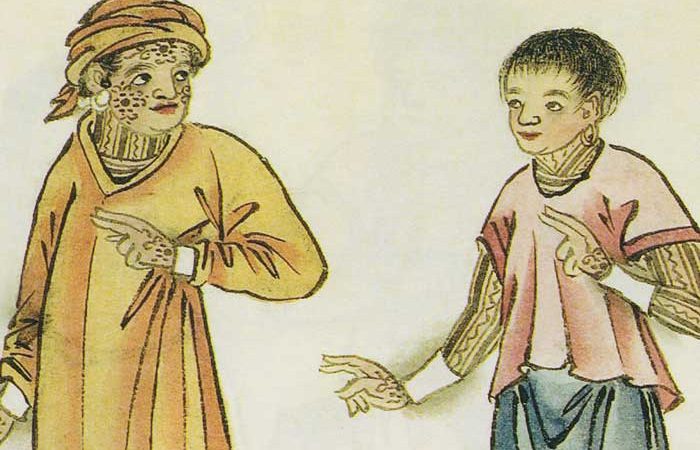
This section contains articles regarding class structure and general life in the 16th century and precolonial / pre-Spanish era of the Philippines. Some of the articles touch on precolonial religion, but that topic is explored in more depth under PHILIPPINE MYTHOLOGY.
VISAYAN Class Structure in the Sixteenth Century Philippines
TAGALOGS Class Structure in the Sixteenth Century Philippines
Stars Through the Eyes of Ancient Filipinos
The Beautiful History and Symbolism of Philippine Tattoo Culture
Ancient Philippines: Rituals for Land, Weather and Sailing
Early Conceptions of the Universe in Philippine Mythology
The Concept of Time According to Pre-Colonial Filipinos
7 Facts About 16th Century Visayans You May Not Know
ANIMISM | Understanding Philippine Mythology (Part 1 of 3)
HINDU & BUDDHIST INFLUENCE | Understanding Philippine Mythology (Part 2 of 3)
FOREIGN INFLUENCE | Understanding Philippine Mythology (Part 3 of 3)
Lighting The Forge: Examining the Panday from the Pre-Colonial Era
An Introduction to Pre-Spanish Influences on Philippine Cultures
Pre-Colonial RELIGION, CULTURE & SOCIETY of the TAGALOGS
LIKHA: ‘Created Image’ or ‘Celestial Deity’ among the early Tagalogs?
Religion of the early Bikols | Bicolano Culture
KARAKOA: Warships from Philippine History
Pre-Colonial DIY: A Brief “How To” List of Early Filipino Practices
Exploring Filipino Indigenous Games
Exploring the Pre-Colonial Concept of the Soul in the Philippines

There is a tendency to gloss over multiple recorded facts about the 16th century Philippines. Many reasons for this may appear obvious if one considers
Read more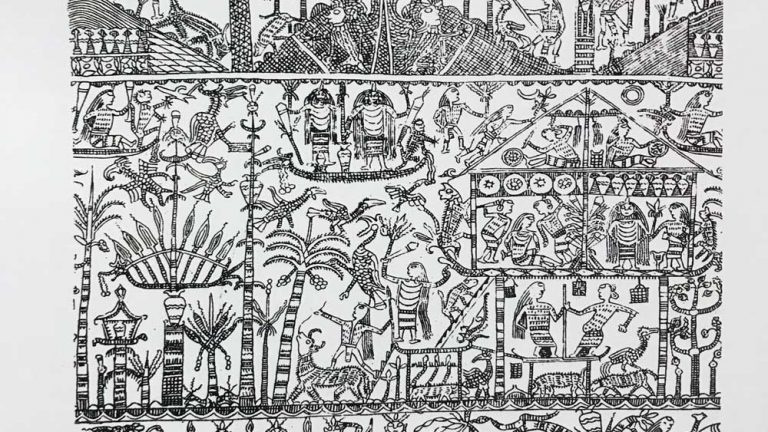
Ages before the appearance of Spain in Southeast Asia, the (now known as) Filipinos had commercial, political, and cultural relations with India, China, Japan, Arabia,
Read more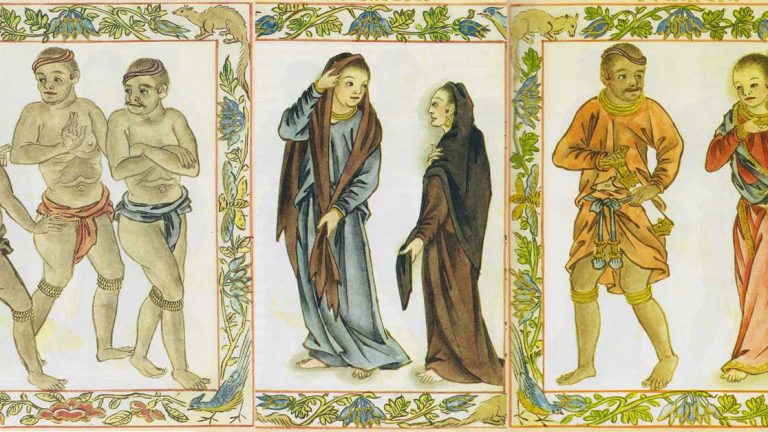
Perhaps more than any other ethnolinguistic group throughout the Philippine archipelago, the Tagalogs elicit the most confusion when the casual researcher begins to delve into
Read more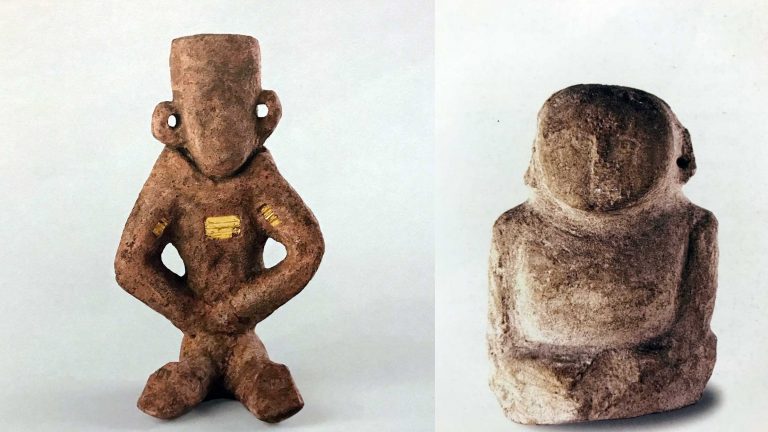
In this article, I explore the documentation regarding likha. There seems to be some differing opinions on whether the term was given to ancestor and
Read more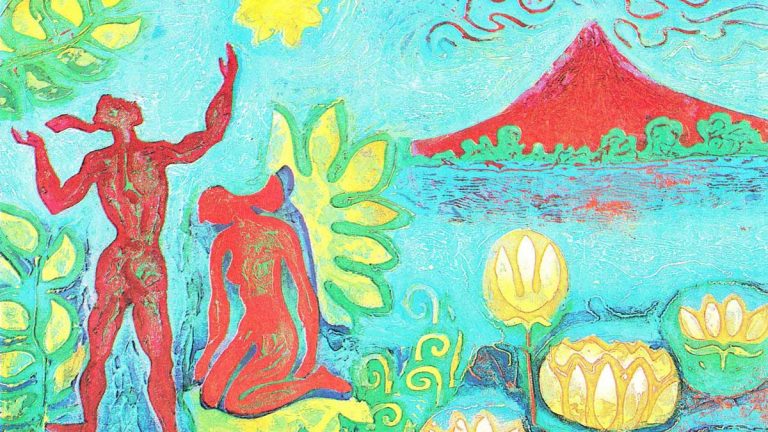
The early chroniclers reported that the ancient peoples of the Philippines were moved by the belief of a powerful being who was responsible for the
Read more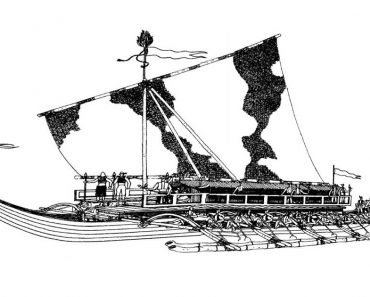
Karakoa were large outrigger warships from the Philippines. They were used by native Filipinos, notably the Kapampangans and the Visayans, during seasonal sea raids. Karakoa were distinct from other traditional Philippine
Read more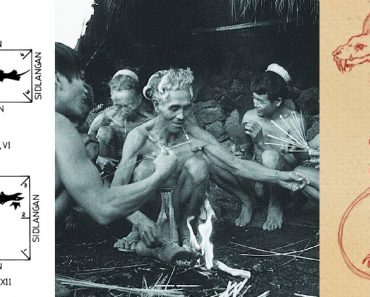
Everyone could use a little help from a DIY (do-it-yourself) guide: cooking meals, repairing machinery and operating electronics. From the simplest task to the most
Read more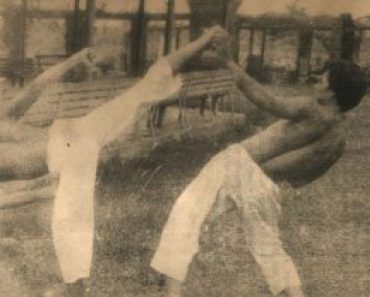

The idea of a soul or spirit as the essence of life that enables the human body to function and exist is a far reaching
Read more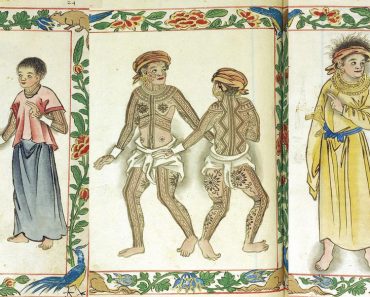
Philippine Studies 28 ( 1980): 142-75 Filipino Class Structure in the Sixteenth Century WILLIAM HENRY SCOTT This paper offers summary results of a study of
Read more
